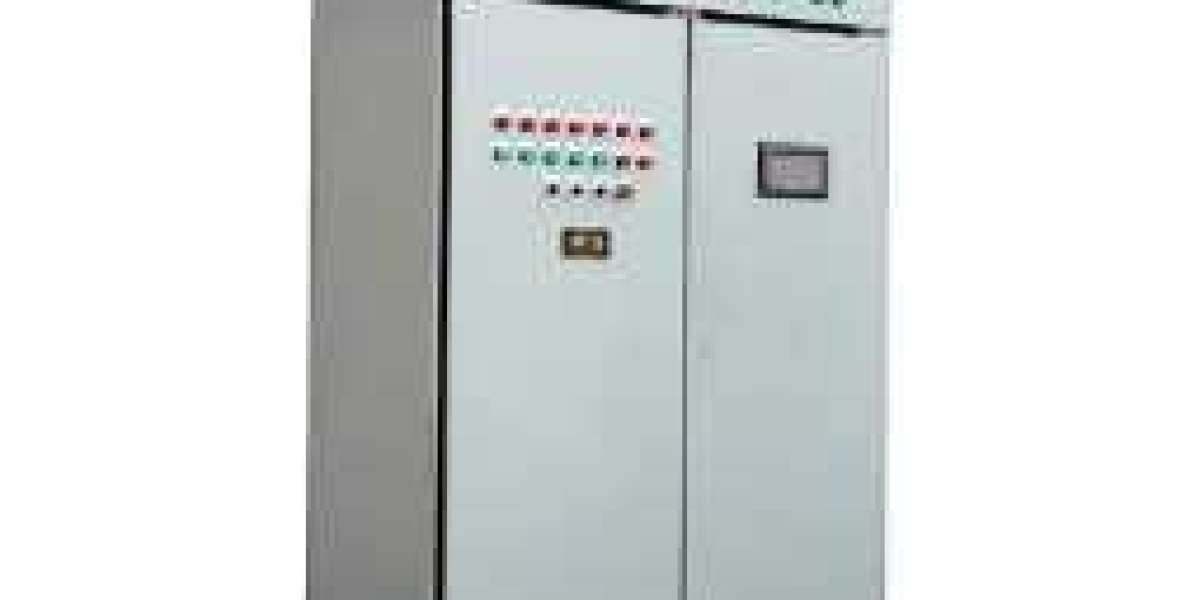In the realm of industrial automation, control cabinets play a crucial role in ensuring the smooth operation and control of various processes. These cabinets house the electrical and electronic components that are responsible for monitoring and managing the complex systems found in industries. This article aims to provide a comprehensive understanding of the importance of control cabinets in industrial automation, exploring their functions, components, design considerations, and maintenance requirements.
Functions of Control Cabinets
System Control and Monitoring:
Control cabinets serve as the nerve center of industrial automation systems, enabling operators to monitor and control various processes. They provide a centralized platform for managing equipment, regulating parameters, and ensuring optimal performance.
Protection and Safety:
Control cabinets house sensitive electrical and electronic components, protecting them from environmental factors such as dust, moisture, and temperature fluctuations. Additionally, they incorporate safety features like circuit breakers and fuses to prevent electrical hazards and ensure the safety of personnel.
Power Distribution:
Control cabinets facilitate the distribution of power to different components and subsystems within an industrial automation system. They house transformers, power supplies, and distribution boards, ensuring efficient and reliable power delivery.
Components of Control Cabinets
Enclosures:
Control cabinets are typically constructed using sturdy enclosures made of materials like steel or aluminum. These enclosures provide physical protection, shielding the components from external impacts, dust, and moisture. They also offer grounding and electromagnetic shielding to prevent interference.
Electrical Components:
Control cabinets contain a wide range of electrical components, including circuit breakers, contactors, relays, and switches. These components are responsible for controlling power distribution, managing electrical loads, and ensuring the safety of the system.
Electronic Components:
Electronic components such as programmable logic controllers (PLCs), human-machine interfaces (HMIs), and sensors are integral to control cabinets. PLCs act as the brain of the system, executing programmed instructions and coordinating various processes. HMIs provide a user-friendly interface for operators to monitor and control the system, while sensors collect data for process monitoring and feedback.
Design Considerations for Control Cabinets
Size and Layout:
Control cabinets should be designed with sufficient space to accommodate all the necessary components and allow for future expansions. Proper layout planning ensures efficient cable management, minimizes signal interference, and facilitates easy access for maintenance.
Thermal Management:
Heat generated by electrical and electronic components can adversely affect their performance and lifespan. Control cabinets should incorporate ventilation systems, fans, or cooling units to maintain optimal operating temperatures and prevent overheating.
Environmental Protection:
Industrial environments can be harsh, with exposure to dust, moisture, and corrosive substances. Control cabinets should be designed to meet appropriate IP (Ingress Protection) ratings, ensuring adequate protection against these environmental factors.
Maintenance Requirements
Regular Inspections:
Control cabinets require periodic inspections to identify any signs of wear, loose connections, or component failures. These inspections help prevent system downtime and ensure the reliability of the automation system.
Cleaning and Dust Control:
Dust and debris can accumulate inside control cabinets, potentially causing component malfunctions or short circuits. Regular cleaning and dust control measures, such as air filters, can help maintain the integrity of the system.
Component Replacement and Upgrades:
As technology advances, control cabinets may require component replacements or upgrades to keep up with evolving automation needs. Regular evaluation of the system's performance and compatibility with new technologies is essential for optimal operation.
Conclusion
Control cabinets are the backbone of industrial automation systems, providing control, protection, and power distribution for various processes. Understanding their functions, components, design considerations, and maintenance requirements is crucial for ensuring the efficient and reliable operation of industrial automation systems. By prioritizing the design, installation, and maintenance of control cabinets, industries can optimize their automation processes, enhance safety, and improve overall productivity.
Control Cabinet Series: Enhancing Efficiency and Safety in Industrial Applications







